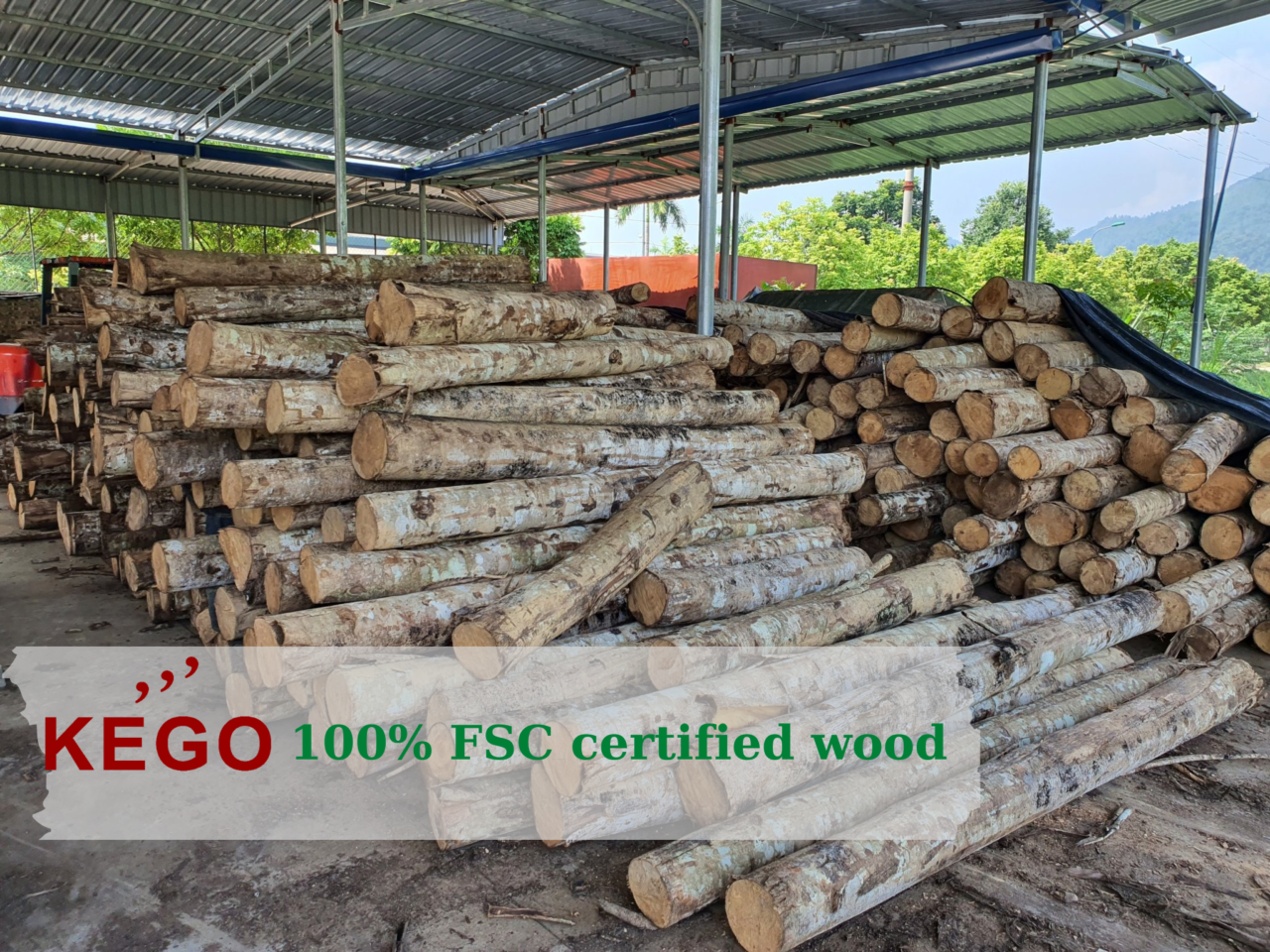
Single-use plastics require large resource inputs and are heavily reliant on oil and fossil fuels. Disposable wooden utensils take a more sustainable approach to production. Birch and bamboo are two of the most common types of wood used. Both are relatively fast growing trees, so they can be planted for the sole purpose of harvesting. This allows old-growth and other natural forests to remain intact, protecting biodiversity. Currently over half of the world’s natural forests have been cut down.
Replanting trees on land already deforested protects the remaining forests while providing the timber resource we need.
The two main resource inputs used in the production of disposable wooden and plastic utensils are water and energy. For wooden utensils the majority of water is used in growing trees and processing. Trees require a large amount of water to grow, which they use for processes like photosynthesis. But unlike in plastic production a majority of this water, around 99%, actually reenters the atmosphere through transpiration. Only 1% of the water used for growing trees is actually taken out of the ecosystem. This plays a major role in the sustainability of wooden utensils.
Processing also requires water, but at a much smaller scale than producing plastic. This is because processing disposable wooden utensils is a relatively simple process. It doesn’t require specific environmental conditions, like making plastic does. When done in an efficient way the total amount of water used in producing wooden utensils is over 99% less than required to produce plastic utensils. This equates to over 12 gallons of water saved for every pound of utensils made of wood instead of plastic.
Water is an extremely valuable resource and is expected to become even more valuable in the coming years. The United Nations predicts that 52% of the world’s population will be affected by water scarcity in 2050. This means that 4 billion people will not have access to adequate quantities of clean water. Reducing water use in industry is a key step in dealing with future water requirements.



